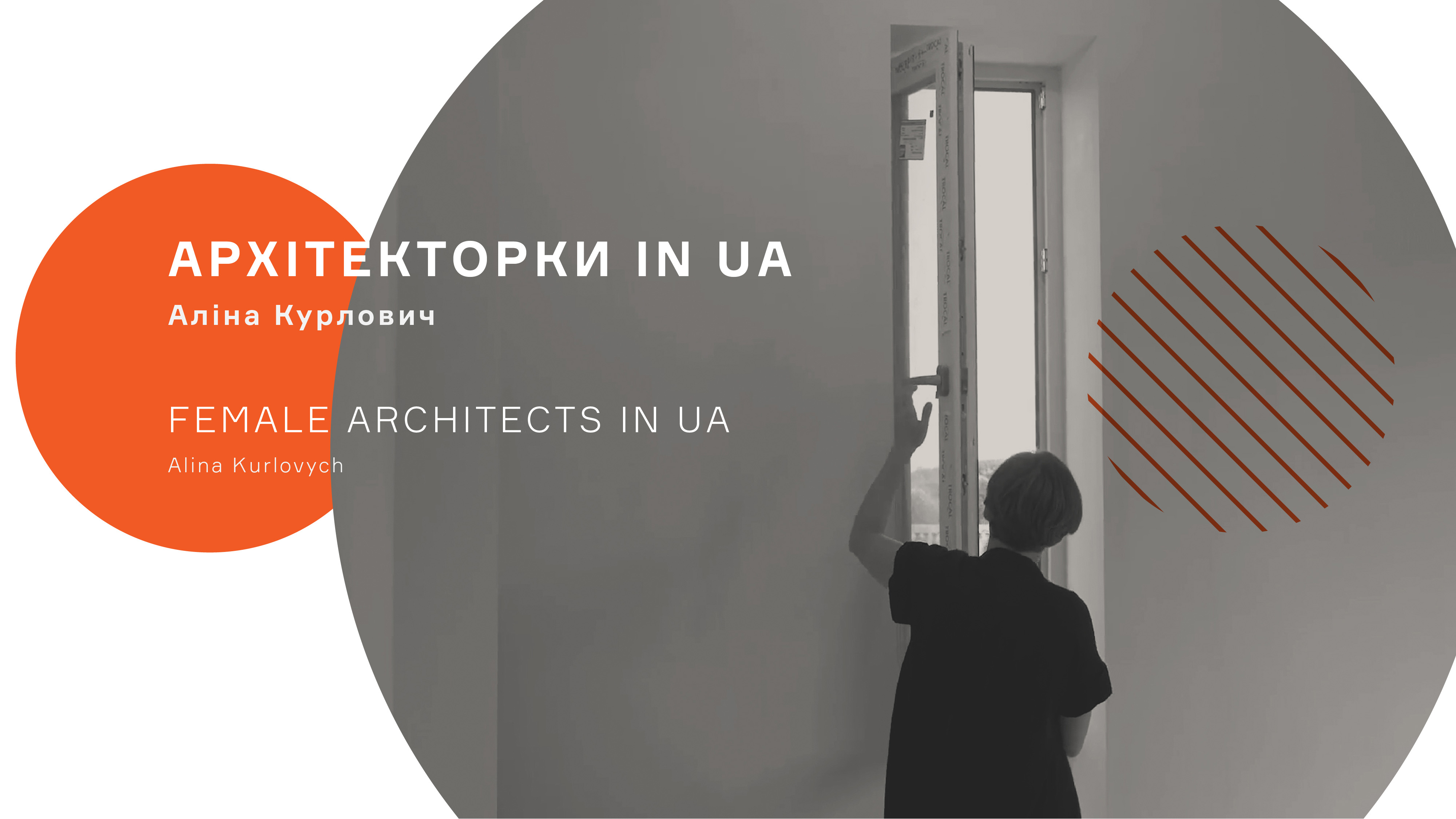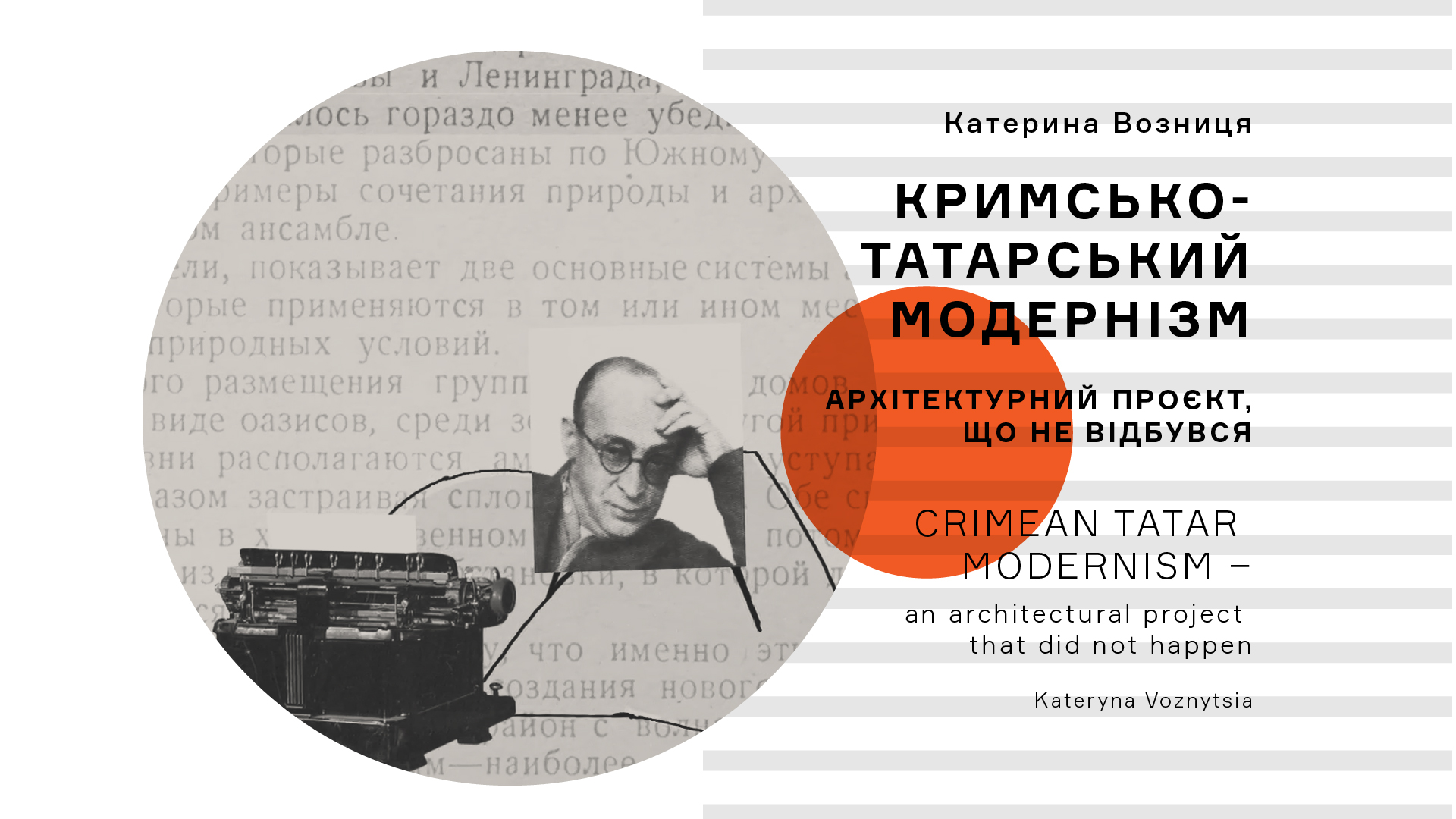The social revolutions of the 20th century arose from the requirement of regulating working time, and, with it, leisure time. The socialist governments that came to power in many European countries, seeking to fulfill revolutionary promises, develop various options for state policy in the field of mass recreation. Thus, state institutionalized rest is at the intersection of labor law, the health care system and the distribution of benefits. In its turn, young nation-states of the interwar period also offer interregional and local programs for tourism, recreation and wellness (Romania –Karolino-Buhaz, Latvia – Jurmala, Poland – Sopot, Morshyn, Czechoslovakia – Berehove, Finland – Paimio).
The "Soviet" response to the "capitalist" countries was a policy of universal access to recreational and health infrastructure. Rest, like work, was guaranteed by the USSR constitution. Accessibility and equality in recreation required the revision of "old" architectural recreational typologies – health resorts, boarding houses, hotels – and the development of "new" ones that would correspond to communist values – rest homes, recreation centers, pioneer camps. Later, the study, development and design of such buildings was done by widespread in the capitals of the republics project institutes of “Resort Building”, and the recreational and health-improving direction received a separate SNiP (construction standards and rules) II-L.19-62 “Recreation establishments”.
The design and construction of many experimental recreational facilities, radically different from Stalin's neoclassical palaces, marks a triumphant return to the recreation architecture of the modernism. Soviet modernism of the 60's – a fundamentally social architectural trend, the main criteria of which were economic feasibility and massiveness. To build the maximum number of recreational facilities (by analogy with the typical housing – Khrushchiovkas), they had to be cheap, easy to manufacture and assemble, flexible in combination – and therefore standardized.
Among the first buildings of the new wave of modernism in Ukraine is the experimental summer hotel "Tarasova Hora" in Kaniv, designed by the most famous Ukrainian architect Natalia Chmutina. The hotel has become a true symbol of Ukrainian progressive architecture of the 1960s, entering all books and magazines dedicated to architecture. Moreover, the consonance of "Tarasova Hora" with the vector of state architectural policy is confirmed by the personal presence at the opening of Mykyta Khrushchev next to the author.
From the architectural and engineering point of view, the significance of "Tarasova Hora" lies in the absolute perfection of the structure, which represents the answer to economic, structural and functional requirements. In the spring of 1961, architects led by Chmutina developed a series of design solutions using prefabricated reinforced concrete structures to solve the problem of industrial construction of recreation centers in difficult-to-reach areas. Base of a column, a column and a floor slab – just three structural elements (!), which together provided the spatial rigidity of the entire structure – it is from them that the skeleton – the frame of the building – is done. The hexagonal module of a plate creates structure which easily adapts to an area of any form and a floor of any scale. This solution is as uniform as possible in terms of material costs, size optimization and logistics.
Due to this economic feasibility and short construction period (77 days), the constructive scheme of "Tarasova Hora" was implemented in several other objects. Its variations with different planning and functional structures were used in the motel in Sudak, the Tourist Hotel in Cherkasy and the Pereval camp site on the Veretskyi Pass in the Carpathians.
Despite the established perception, the Thaw also affected the territorial development of Western Ukraine. Due to the reform of decentralization (return to the Soviet economy), the beginning of the 1960s was marked by large economic infusions into the local infrastructure. The development of raw materials enterprises, factories, and the road network created the effect of general material well-being, which was different from Stalin's times and the years of postwar reconstruction. Infrastructure projects aimed at using the natural resources of the mountains marked a new round of development of the Carpathians, for a long time securing for them the status of practically the main resort area of Ukraine. Health complexes of various capacities and a network of mountain routes begin to form and develop. The special density and development of the resort infrastructure of the Carpathians is a unique complex monument of modernist architecture. The system of Carpathian recreational and health facilities reflects the various approaches of Ukrainian architects to the relationship between mountain nature and architecture: from modernist contrast to the contextual "Hutsul style", from delicate architectural interventions to huge complexes – "recreational machines".
In addition, in such a remote highland, the network of Chmutina modules provides a wide field for the variability of usage scenarios. By itself, the typology of the recreation center provided for much less over-regulation in its use than a Soviet hotel or boarding house. Objects such as camp sites, which determined the program of temporary stay during sightseeing tours, were located on the routes of several days of hiking. Thus, Chmutina's recreation center could optionally become a place to spend the night or for the whole vacation without a clearly defined regime of sleep or food. So the tourist, in turn, could freely choose the type of interaction with this architecture and recreational facility. However, given the variety of routes and the variability of behavioral scenarios, the object is built into the dominant route. The deliberately emphasized scenography of Chmutina’s location in a contrasting mountain landscape at the very top of the serpentine inevitably evokes in the tourist a sense of involvement in a thoughtful action, where travel becomes a specific experience and tourism – an art.
However, today, of course, the (post) Soviet system of public recreation, which in the past had many obvious disadvantages, is at the stage of "extinction". The economic component of rest has undergone significant changes along with the transition from a planned to a market economy. It seems that Soviet typologies have not taken root in the new conditions. But why? In a situation where the state cannot fulfill its social obligations, modern recreational architecture responds to changing approaches and opportunities, offering new forms (mini hotel, apart-hotel, boutique hotel, hostel, spa, recreation complex, water park, etc.) instead of the abandoned old ones. However, what influences this state of affairs more: the demand that is shaped by society, or the management approach that does not skillfully manage the supply in the form of old bases, health resorts, etc.? Nevertheless, with the decline of state recreational infrastructure, society is losing access to cheap rest and tourism.
And Chmutina's hotels from the status of objects of regulated rest pass to completely unregulated. All four experimental "twin hotels" have been abandoned or demolished. "Tarasova Hora" from the place of visits of official delegations of senior officials of the state has become a place of pilgrimage for fans of "wastelands", Soviet modernism and other post-Soviet exotics. The dilapidated building is surrounded by dense thickets of trees and shrubs, which, like the impenetrable jungle that once captured the ancient Hindu temples, now capture the heritage of the 20th century. The modernist architecture of the hotel, which once served as a link between nature and a man, is now absorbed by the elements, becoming part of the ecosystem.
The ruins of the twin of "Tarasova Hora" – recreation center "Pereval", surrounded by picturesque Carpathian landscapes, are not inferior to romance. The building, having lost all the fences, with its skeleton resembles the skeleton of an ancient animal, preserved in its natural environment. On the sketchy facades of Natalia Chmutina, trees can be seen through the camp site, the lines of architectural volume are laconic and straight, because the architect’s task was to create an image that should not have overloaded the structure with unnecessary elements. In our time, when the same framework remains from architecture, the main leitmotif of the idea – transparency – is even more emphasized. Now the building (or what is left of it) is a pure manifesto of the project plan – it is a set of shelves through which the environment and distant silhouettes of the landscape are visible. The frame dissolves in aerial perspective and at the same time surrounds the landscapes that unfold from each level of the building.
The modular frame elegantly touches the surface with the points of the columns on which the floor slabs rest. It is transparent not only at floor levels, but also has a transparent view between the ground and the building, as if levitating, and is ready to adapt to any inaccessible surface. In this way, he affirms one of Le Corbusier's modernist principles: the building does not take nature under itself, and the soil is suitable for the vegetation that lives on it. Due to the bareness, the building, having lost all the details and layers, acquires a new hue: like beautiful ancient ruins, the ruins of modernism of the 1960s become part of the landscape.
Our generation of architects are witnesses of the dramatic process of transforming Architecture into Ruin, perhaps even more so – the "overthrow" of Architecture, and with it the role of the Architect in society. Today, we are faced with a choice: to enjoy the aesthetics of destruction and abandonment, using the Ruin as material for new interpretations / speculations / creations; to gain and experience a certain experience thanks to the Ruins or together with them; or to allow ourselves to become new aborigines and use Chmutina's typical set of shelves as a place for a tent, protected from falls and eventually absorbed by nature, i.e. to reincarnate the Ruin into an opportunity to return to the freedom of non-institutional "wild" recreation under the stars. However, do we have the choice to preserve or restore the model of early modernism – a typical module that is ready to "colonize" a variety of landscapes from sea to mountains?

































